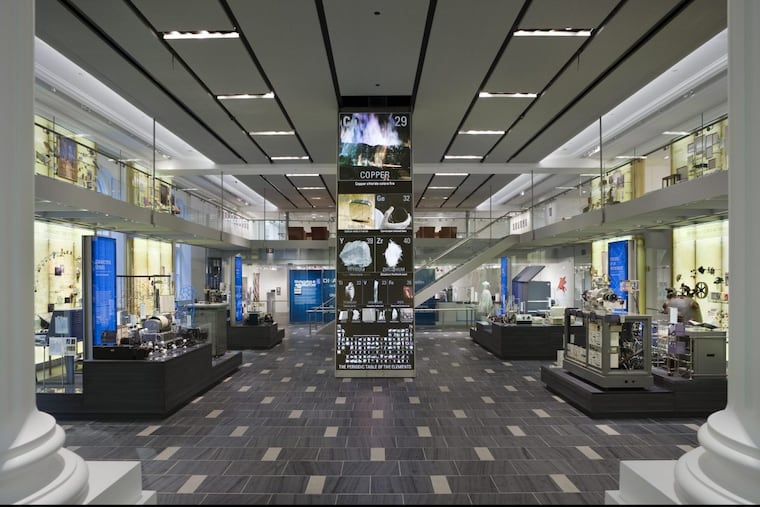Chemical Heritage Foundation is morphing into the Science History Institute
The name change and evolving programming reflect the result of the 2015 merger with the Life Sciences Foundation on the West Coast.

After two years of consideration, the Chemical Heritage Foundation will change its name and expand its programming to better reflect its 2015 merger with the Life Sciences Foundation in San Francisco.
The new name — the Science History Institute — will take effect Feb. 1, said Robert G.W. Anderson, president of the organization.
Officials at the foundation, perhaps best known publicly for its quirky museum in the 300 block of Chestnut Street, said the merger amounts to a sensible approach to presenting the chemical and biological sciences to a broad audience.
"It is very difficult to draw boundaries between chemical and life sciences" given the current state of scientific and technological inquiry, Anderson said. "They do very much merge."
The merged organization, which has been known as the Chemical Heritage Foundation, is headquartered in Philadelphia. Because the Life Sciences Foundation was focused on the history of biotech, "Chemical Heritage" was believed to be too constrictive a name for the expanded institute.
The merged organization embraces the life sciences and biotechnology along with the history of the chemical sciences and engineering.
Anderson said the focus on collecting will continue and will expand to include historical materials in the life sciences. The program of scholarly fellowships will likewise increasingly reflect the expanded focus.
In addition to its museum, the foundation operates a library and an archive, and is compiling an unusual collection of oral histories focusing on significant players in the respective sciences. The foundation has already compiled a thousand oral histories.
The Chemical Heritage Foundation was founded in 1982 — as the Center for the History of Chemistry — by the University of Pennsylvania and the American Chemical Society. Much of its funding comes from a generous endowment, based largely on the roughly $100 million bequest of Donald F. Othmer, a chemical engineering professor, the Inquirer reported in 1998.
Before the merger, the Life Sciences Foundation was significantly smaller in terms of endowment and revenue. Both organizations, however, share a founder — retired Penn professor Arnold Thackray, who served as president of both foundations at different times.